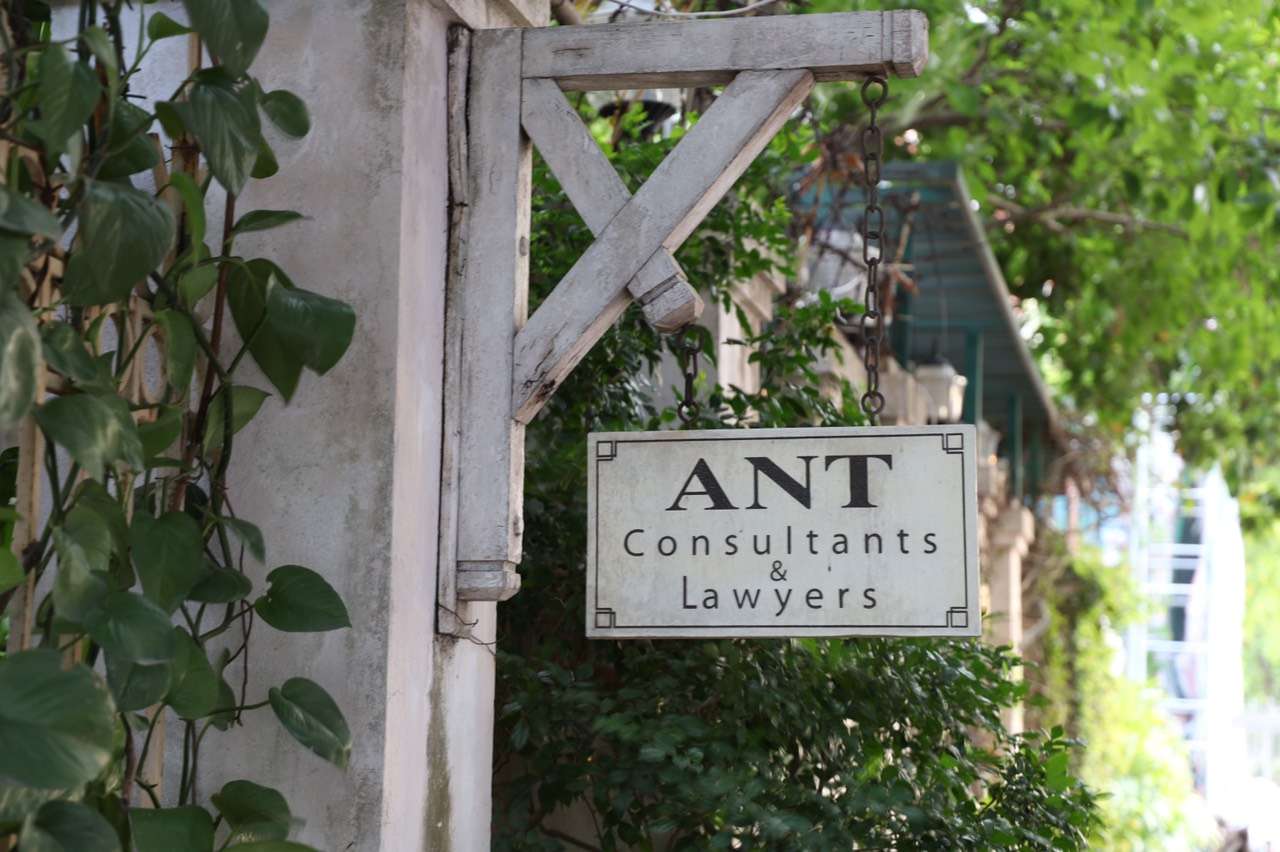HANOI – Vietnam holds
huge growth potential for wind energy and has
policy incentives available for this sector but only three wind power projects
have been put into operation nationwide, according to a conference in Hanoi on
November 29.
Speaking at the
conference on wind energy held by the Danish Embassy, Deputy Minister of
Industry and Trade Hoang Quoc Vuong said that with a coastline of over 2,300
kilometers, the country is in a good position to develop the wind power sector.
The Government has taken
a couple of policy steps to spur clean energy development, including Decision
37, and has set a target of increasing the wind power capacity to 6,000 MW by
2030, 2.1% of total power output.
With the support of the
Danish Embassy and other foreign partners, the nation is drawing up a wind
energy map.
Vuong noted the three
existing wind farms have a combined capacity of just 150 MW. He explained
investors are not interested in this field as wind power prices are still low.
Henrik Breum, special
adviser the Danish Energy Agency’s Centre for Global Cooperation, told the
conference that before the 1973 oil crisis, 99% of electricity in Denmark was
sourced from fossil fuel-fired power stations.
But things changed a lot
in the following 40 years as Denmark embraced green energy. In 2014, renewable energy accounted
for 56% of total power generation in Denmark, the highest percentage in the
world.
Wind energy requires big
upfront investments, so the Danish government has adopted appropriate polices,
set suitable electricity prices for a long term and give priority to the use of
wind power in the national grid.
Steve Sawyer, secretary
general of the Global Wind Energy Council, said at the conference that wind
power contributed around half of the world’s electricity production growth in
2015.
Wind power makes up 4%
of the world’s electricity output and the percentage may climb to 8% by 2020,
18-20% by 2030 and around 30% by 2050 if countries concentrate on combating
climate change, said Sawyer.
Charlotte Laursen,
Danish Ambassador to Vietnam, said that according to Vietnam’s power industry
development strategy adopted in 2011, the proportion of renewable energy in its
total power output would reach 7% by 2020 and 10% by 2030 (excluding
hydropower).
Wind power plays a
pivotal role in this strategy, she said, because Vietnam has the biggest wind
power potential in the region. Denmark is ready to help Vietnam develop this
source of clean energy, she noted.
Source: Bao E.Vnexpress

























.jpg)
.jpg)
.jpg)
.jpg)
.jpg)
.jpg)
.jpg)
.jpg)
.jpg)
.jpg)

